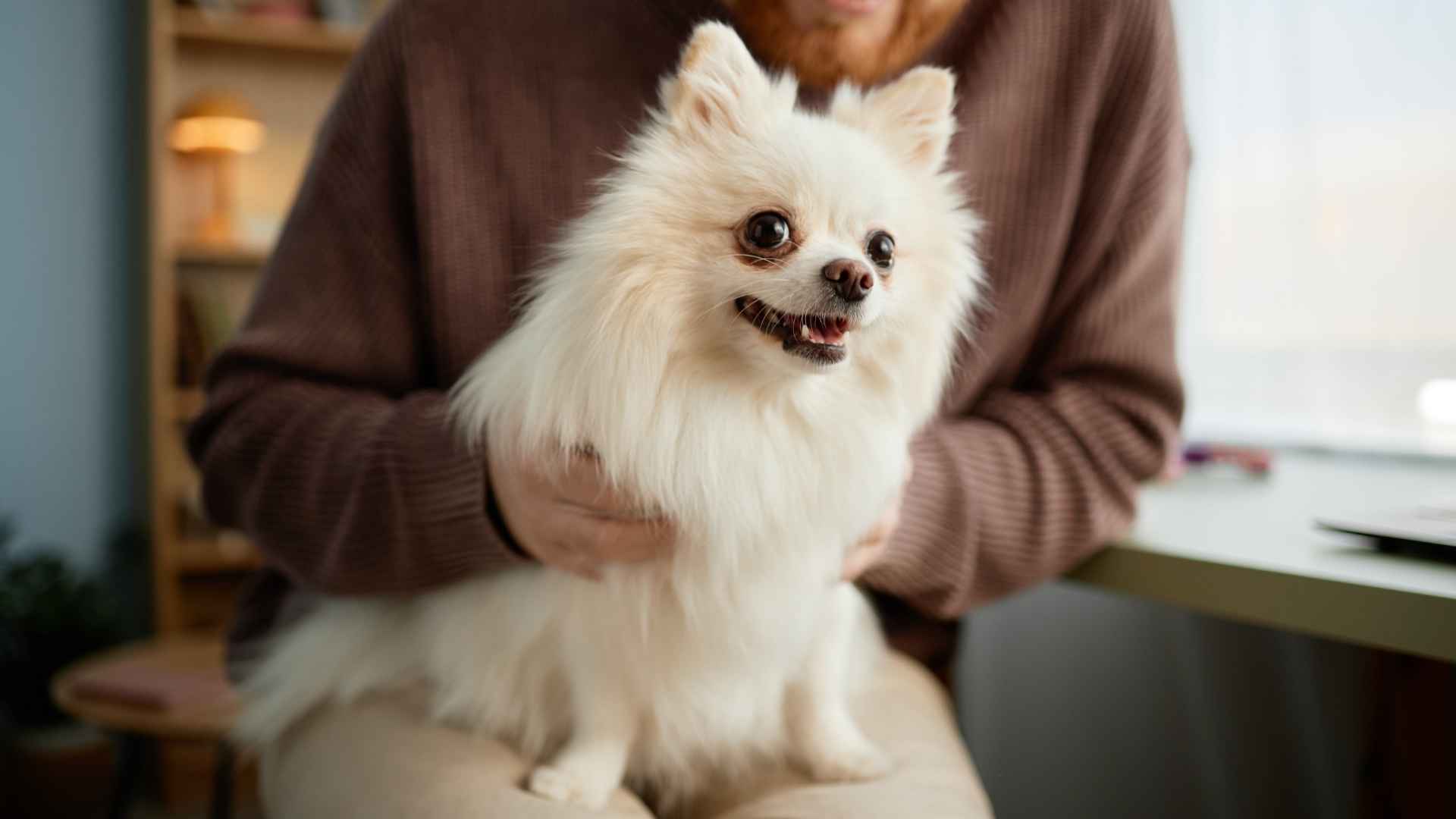Apartment life can feel crowded, especially when you’re dealing with anxiety, PTSD, or a physical condition. But the comfort of a trained service dog can completely change that. You don’t need a big backyard or extra rooms—just the right breed with the right temperament.
Many service dogs are naturally calm, low-energy, and highly responsive, making them perfect partners for city living. They help you stay grounded, offer quiet companionship, and assist with real tasks—even in a one-bedroom apartment.
If you’re thinking, “Is it even possible to have a service dog in a small space?” the answer is a big yes. But not every breed fits this lifestyle. In this guide, we’re showing you the breeds that are perfect for support and space. They’re loyal, loving, and fully capable—even in 600 square feet.
Apartment Service Dog Breeds
1. Border Collie
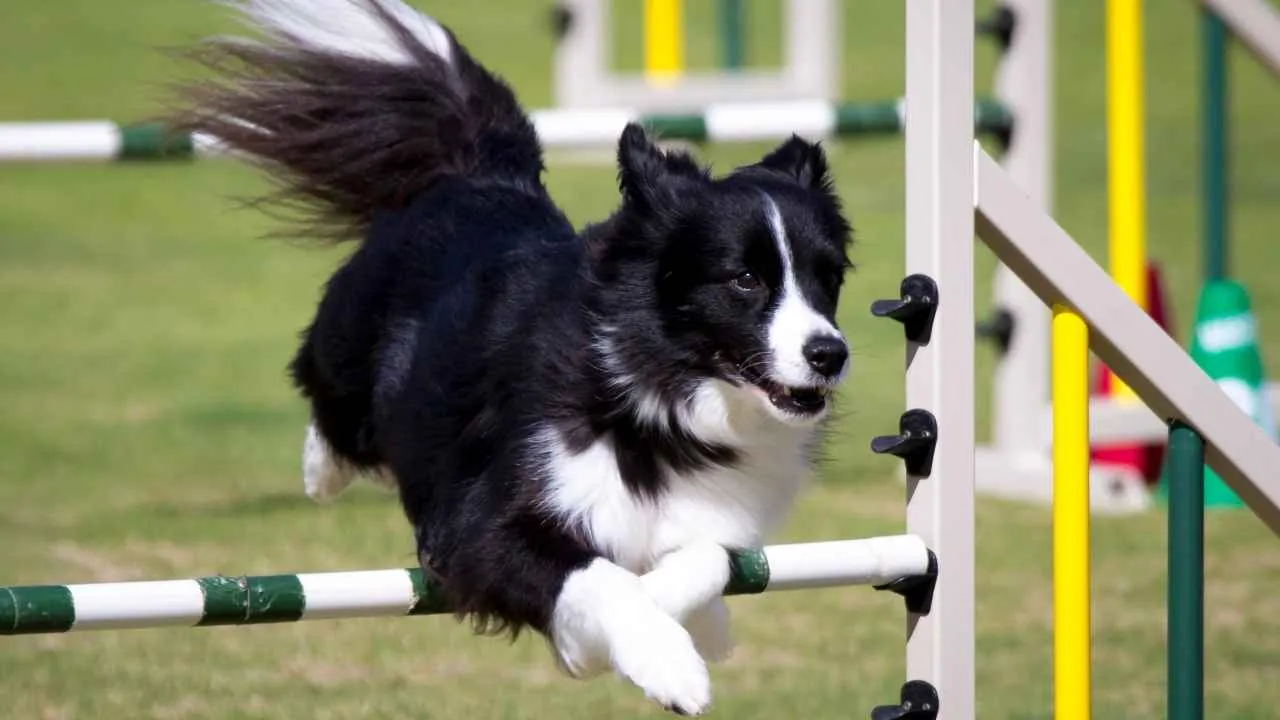
Border Collies might be known for their herding skills, but what makes them shine in apartment settings is their razor-sharp intelligence and emotional sensitivity. Their ability to read subtle cues and respond quickly makes them one of the most naturally attuned good service dog candidates out there.
Energy in a Compact Frame
Despite being energetic, Border Collies don’t need massive space as long as their minds stay active. Puzzle toys, learning new commands, and frequent indoor activities go a long way. Without proper training, though, their intelligence can turn into restlessness—so they thrive best with engaged owners who love teaching.
More Than Just Intelligence
Their ability to detect subtle physiological changes makes them effective medical alert dogs in controlled environments. Whether it’s blood sugar shifts or anxiety indicators, they tend to react faster than many breeds with the right guidance, as per US Service Animals.
Loyalty With Emotional Depth
What sets them apart is not just their brainpower but how emotionally in sync they are. It’s why they’re often seen excelling as emotional support animals, especially for individuals dealing with anxiety or PTSD. Once bonded, they stay incredibly loyal without becoming overly clingy or demanding.
2. Great Dane

Great Danes are one of the few breeds tall enough to provide a true counterbalance for adults during standing or walking. In mobility service tasks, their shoulder height aligns naturally with a handler’s hand, offering real-time bracing without requiring complex gear setups.
Focused Calm in Tight Spaces
They are fairly low energy as compared to some large breeds and adapt well to apartment life with minimal pacing or stress. This makes them suitable for service dog work where calm, sustained presence is key, like blocking during medical episodes or helping open doors via a mobility harness.
Training With a Practical Learning Curve
Their learning speed depends more on repetition than instinct, but their predictable reactions make them safer for tasks involving physical assistance. While not “obedience champions,” they’re easy to train for structured routines like medication reminders or guiding to a specific room on command.
True Daily Assistance, Not Just Presence
A Great Dane can pull laundry baskets, carry backpacks, or retrieve larger objects from counters—all tasks that improve quality of life in everyday life, as per Britannica. Their stature allows for broader service-related jobs, and with proper focus and training, they outperform many smaller breeds in physical utility.
3. Pomeranian

Pomeranians may be tiny, but they are one of the top breeds when it comes to service dogs.
For individuals who are deaf or hard of hearing, Pomeranians excel in sound alert tasks—responding to doorbells, alarms, or even a crying baby, as per Pomeranian Headquarters.
Their acute hearing and quick reflexes allow them to notify their handler with a consistent tap or bark, making them excellent service dogs for auditory response support.
Psychiatric Support in Everyday Settings
With the right foundation, a Pom can be a steady presence for people managing PTSD, autism, or chronic anxiety. These compact therapy dogs can be trained for lap duty during panic attacks, recognize stress cues, and create a sense of emotional safety in overstimulating environments like elevators or public transport.
Medical Detection Capabilities
Poms have shown measurable success in detecting early signs of epileptic seizures and fluctuations in blood sugar. This four-legged friend can be taught to paw, bark, or nudge when they pick up on subtle chemical changes—often before symptoms are even visible to the handler.
Apartment-Friendly and Emotionally Attuned
They don’t need much space to be a great breed for service support roles. Their gentle nature, loyalty, and responsiveness to routine make them ideal for smaller homes, especially when the handler requires a balance of companionship and task-oriented help.
4. Labrador Retriever
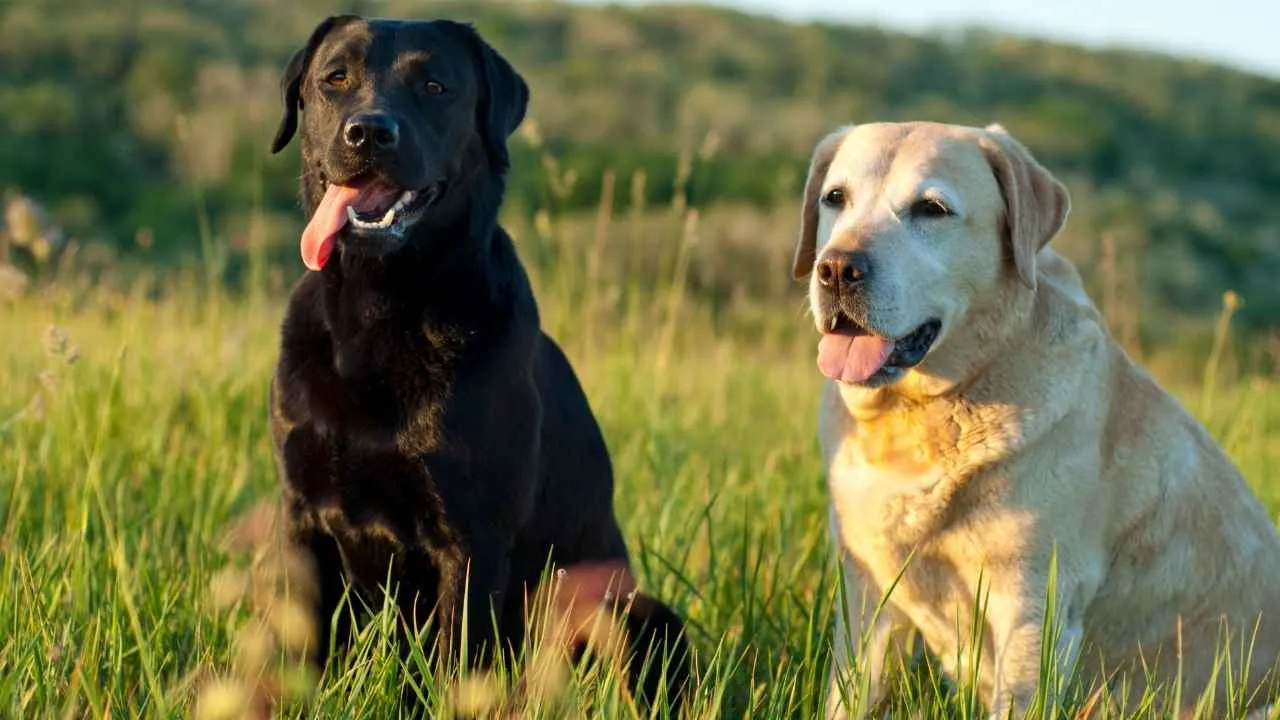
Labradors have a natural instinct to retrieve, making them perfect for helping individuals with limited mobility fetch medication, remotes, or dropped items. Many dog trainers favor them because of their fast learning curve and strong desire to please.
Support for Sensory and Medical Needs
As seizure alert dogs, Labs are trained to recognize subtle pre-episode behaviors and respond quickly—either by alerting others or helping prevent injury. They’re also among the most reliable guide dogs, aiding the visually impaired with navigation in tight apartment layouts.
Emotional Strength Without the Weight
Labradors aren’t just physically capable; their calm presence helps regulate emotions in high-stress households. They’re often chosen as great therapy dogs for children and veterans because of their empathy and consistent temperament.
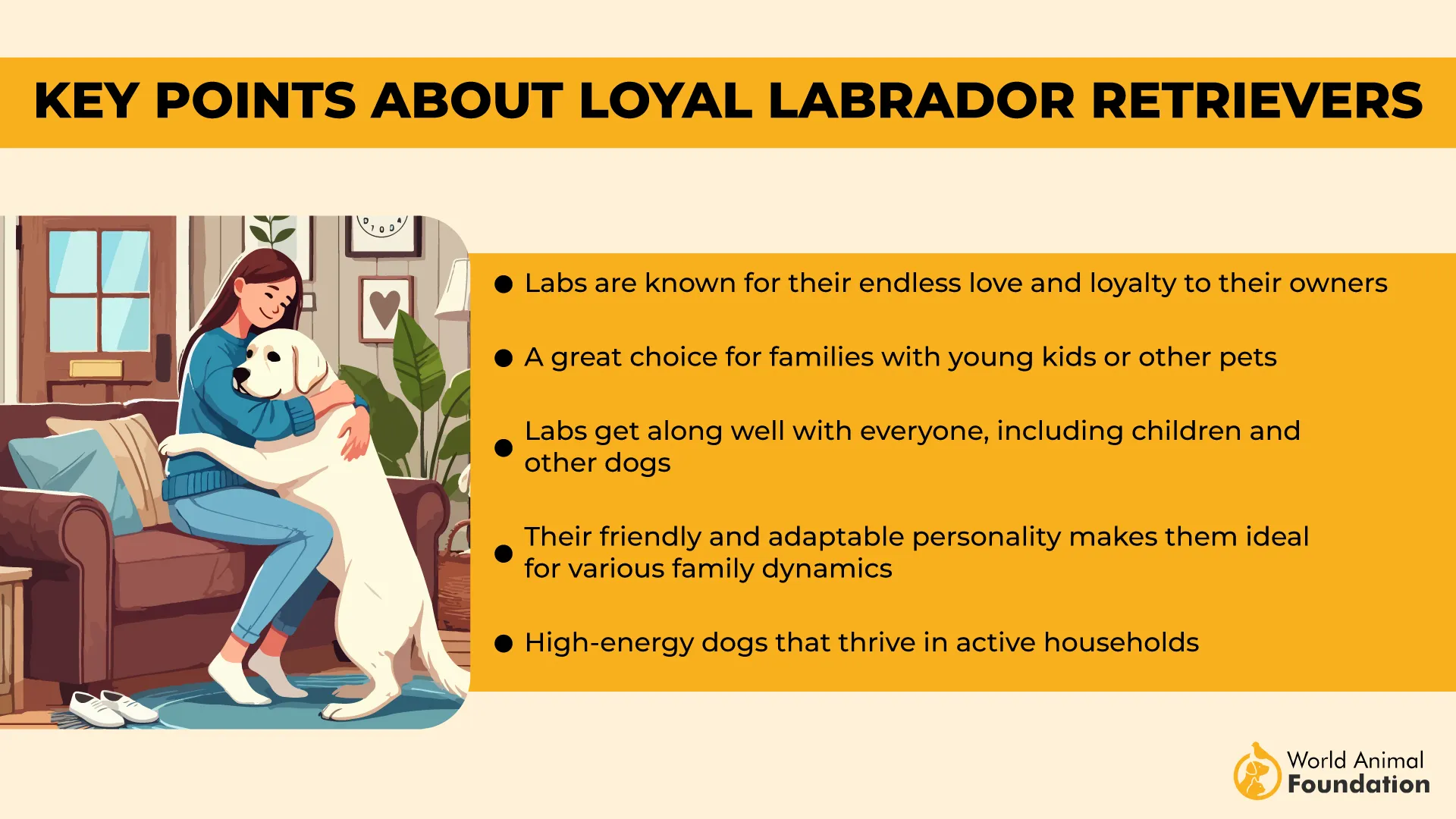
Smart, Social, and Apartment-Adaptable
As one of the most popular service dog breeds, Labs stand out for balancing obedience with friendliness. Their adaptable size and behavior allow them to function smoothly in apartment life, without the restlessness some guide dogs or working breeds may display.
5. Golden Retriever
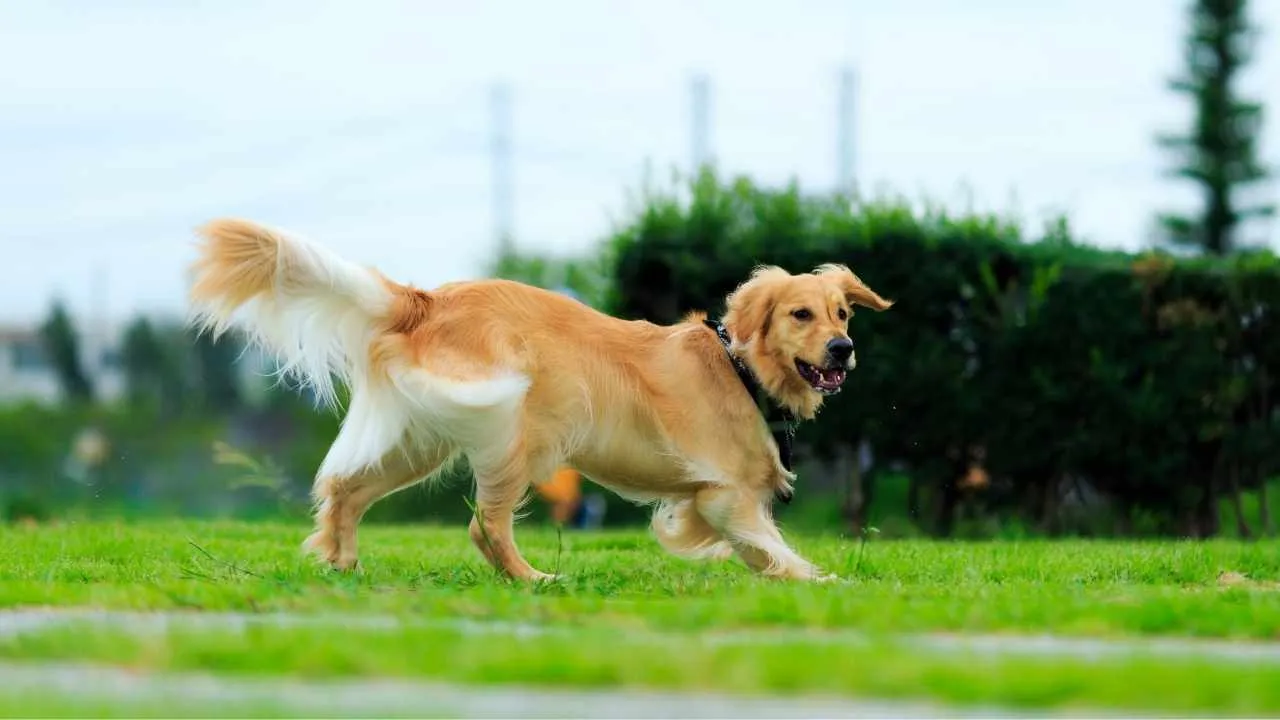
Golden Retrievers are large enough to provide physical stability, such as assisting with balance or helping someone rise from a seated position. Their calm disposition and muscular build allow them to comfortably perform tasks in tighter apartment settings without becoming intrusive.
Emotional Intuition and Adaptability
This breed is remarkably sensitive to emotional shifts and can be specifically trained to notice behavioral cues tied to anxiety, PTSD, or autism. What makes them stand out is their natural instinct to support humans without being overstimulated, even in apartment environments.
Ethical Suitability and Breeding Value
Goldens do exceptionally well in structured training and ethical breeding programs focused on service needs. Their gentle temperament and eagerness to work make them one of the best dogs for individuals managing a person’s disability, both physical and psychological.
Balanced Temperament Despite High Drive
While they have high energy, it’s focused rather than chaotic—they channel their drive into learning complex commands or service routines. A brisk daily walk combined with mental stimulation is usually enough to keep them settled and effective in their daily support role.
6. German Shepherd

German Shepherds are one of the most versatile breeds when it comes to service work. While they’re well-known for their police and military roles, they’re equally adept at providing assistance for individuals with mobility challenges, PTSD, and anxiety.
Their ability to perform a wide range of tasks—from opening doors to supporting physical movement—makes them invaluable companions.
Emotional and Psychological Support
German Shepherds have an innate sensitivity to human emotions, which makes them perfect for emotional support. They are trained to help individuals who suffer from nightmares by waking them gently, as well as offering reassurance during panic or anxiety attacks.
Alerting and Medication Reminders
A German Shepherd’s intelligence and focus are ideal for tasks such as medication reminders, as Pettable claims. They can be trained to recognize specific patterns or behaviors in their handler, helping them stay on schedule with their medical needs.
Beyond that, they’re also capable of alerting to health emergencies, like the onset of a seizure or a significant change in the handler’s condition.
Scent Detection and Illness Recognition
This breed’s exceptional sense of smell allows them to detect medical conditions like low blood sugar or impending seizures, often before the individual is aware of them.
They can be trained to recognize subtle changes in their handler’s health, enabling them to alert the individual or a caregiver to potential dangers, making them highly reliable service dogs in medical scenarios.
7. Poodle

Poodles are known for their intelligence and eagerness to please, making them exceptional service dogs. Their sharp mind allows them to quickly learn a variety of tasks, from retrieving items to offering physical support.
Great for People with Disabilities
Their agility and calm nature make Poodles perfect for those with physical or emotional challenges. Whether it’s assisting with mobility or providing emotional support, these dogs excel in adapting to the needs of their owners.
Their ability to sense and respond to changes in their owner’s mood makes them invaluable companions for those with anxiety or other psychiatric disorders.
Excellent in Social Settings
While highly capable of independent tasks, Poodles also shine in social situations. Their friendly disposition and sensitivity to their owners’ emotions allow them to be effective therapy dogs, bringing comfort in hospital settings or among children with special needs.
Low Maintenance in Small Spaces
One of the most attractive traits of the Poodle is its hypoallergenic coat, which produces less dander and requires minimal shedding. This makes them ideal for apartment living, where cleanliness is essential.
While they do require regular grooming, their manageable coat means they are a great option for those living in smaller spaces and looking for a service dog that won’t add to household allergens.
Conclusion
Living in a small apartment shouldn’t stop you from getting the help you need, especially when service dogs can offer so much more than companionship. Whether you’re managing mental disabilities or physical disabilities, choosing the best breeds for apartment life means finding dogs that are highly intelligent, emotionally responsive, and calm in tight quarters.
While some think only large dogs can handle important tasks, many small dog breeds have proven their capabilities across roles. From seizure alerts to retrieving items, each breed here brings a unique skill set, often outperforming other animals in support roles.
Not all dogs are cut out for service work—some require much grooming or lack the focus for structured environments. But these seven weren’t chosen at random. They’re among the best therapy dogs out there and can outperform many different breeds in apartment-friendly reliability.
Looking beyond other breeds is the first step in finding the partner that’s directly related to your lifestyle needs.


